The vitality of light for houseplants cannot be overstated. It is the primary source of energy for plants, which they use to produce food through photosynthesis. Without adequate light, plants cannot produce enough food to sustain themselves, and they may become weak, stunted, or even die. Different types of houseplants have different light requirements, depending on their natural habitat and the amount of light they need to thrive. Some plants prefer bright, direct sunlight, while others prefer indirect or filtered light. Understanding the different light conditions of houseplants is essential to ensure their health and longevity.
In addition to providing energy for photosynthesis, light also plays a crucial role in regulating plant growth and development. Plants use light cues to determine when to grow, when to flower, and when to go dormant. The intensity, duration, and quality of light can all affect plant growth and development, so it is important to provide the right amount and type of light for your houseplants.
In general, most houseplants prefer bright, indirect light. This means placing them near a window that receives bright, filtered light for several hours a day. However, some plants, such as succulents and cacti, prefer direct sunlight, while others, such as ferns and peace lilies, prefer low to medium light conditions.
It is also important to note that the amount of light your houseplants receive can vary depending on the season and the location of your home. In the winter months, the sun is lower in the sky, and the days are shorter, which means less light for your plants. Similarly, if your home is shaded by trees or other buildings, your plants may not receive as much light as they need.
Understanding the importance of light for houseplants is essential to their health and well-being. By providing the right amount and type of light, you can help your plants thrive and grow to their full potential. So, take the time to learn about the light requirements of your houseplants, and provide them with the light they need to flourish.
Types of Light Conditions for Houseplants

Houseplants are a diverse bunch, with different preferences when it comes to light conditions. Some plants crave the bright, direct sunlight that beams down from the sky, while others prefer a more subdued, indirect light that filters through a sheer curtain or a window with a northern or eastern exposure. And then there are those that can thrive in low light conditions, such as those found in a north-facing room or a room with limited natural light.
For those plants that require bright, direct sunlight, it’s important to be careful not to expose them to too much of a good thing. While they need at least six hours of direct sunlight each day to grow and bloom, too much can cause sunburn and damage to the leaves. Succulents and cacti are two examples of houseplants that fall into this category.
Plants that prefer indirect sunlight, on the other hand, can tolerate some direct sunlight, but too much can cause the leaves to burn. Spider plants, pothos, and philodendrons are just a few examples of houseplants that prefer this type of light.
For those plants that can thrive in low light conditions, such as snake plants, ZZ plants, and peace lilies, as little as four hours of indirect sunlight each day is enough to keep them happy and healthy.
If you don’t have access to natural light, don’t worry. You can still provide your houseplants with the light they need to grow by using artificial light. LED grow lights are an excellent option for indoor gardening, as they provide the right spectrum of light for plants to grow and bloom. Just be sure to keep the light at a safe distance from your plants to avoid heat damage.
Understanding the different types of light conditions for houseplants is essential to ensure that your plants receive the right amount of light to grow and flourish. By providing your plants with the right light conditions, you can enjoy healthy, vibrant houseplants all year round.
Low Light Houseplants: Characteristics and Care Tips
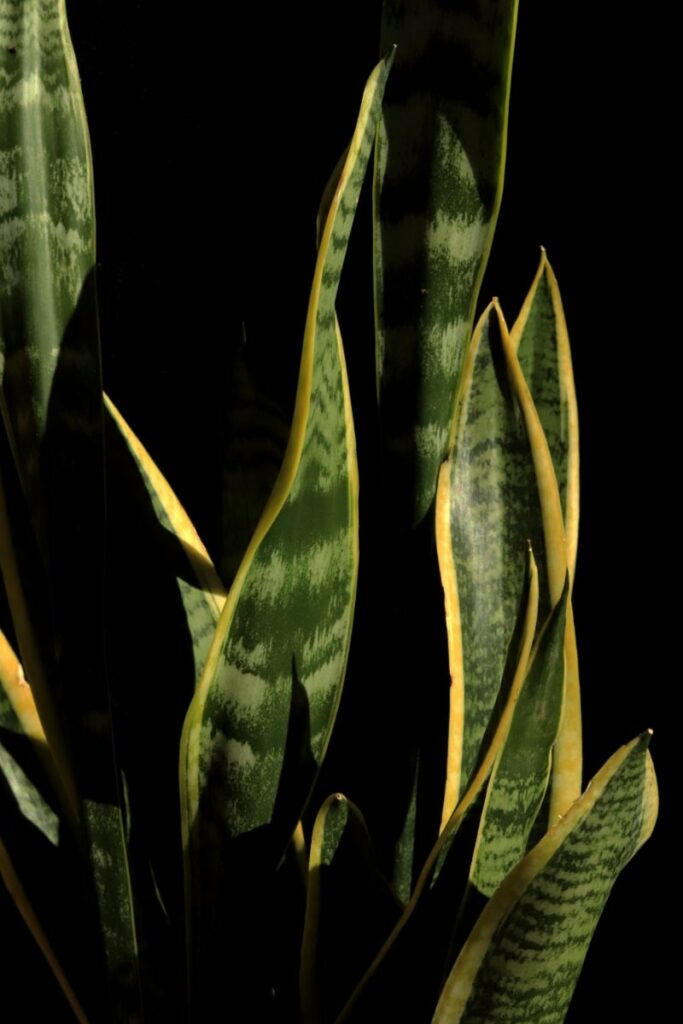
Low light houseplants are a fascinating group of plants that have adapted to survive in areas with minimal natural light. These plants are perfect for rooms with small windows or spaces that are far from natural light sources. Some of the most popular low light houseplants include snake plants, pothos, and ZZ plants.
The characteristics of low light houseplants are what make them ideal for indoor environments. These plants have dark green leaves that are better at absorbing what little light is available. Additionally, they tend to grow slower than their counterparts that require more light. This slow growth is a result of their adaptation to low light environments. Furthermore, low light houseplants can tolerate being left alone for longer periods of time without suffering from lack of light. This is a testament to their resilience and adaptability.
Low Light Houseplant Care
While low light houseplants are generally easier to care for than other plants, they still require some attention to thrive. Watering is an essential aspect of caring for these plants. Low light houseplants don’t need as much water as other plants because they grow slower. It is important to make sure the soil is dry before watering and avoid overwatering. Fertilizing is also important, but these plants don’t need as much fertilizer as other plants because they grow slower.
Use a balanced fertilizer once a month during the growing season. Placement is another crucial aspect of caring for low light houseplants. Place them in areas with minimal natural light, such as a corner of a room or a hallway. Avoid placing them in direct sunlight or areas with bright artificial light. Finally, pruning is essential to keep these plants healthy. Prune low light houseplants regularly to remove dead or yellowing leaves. This will help the plant conserve energy and focus on healthy growth.
Low light houseplants are a fascinating group of plants that can add beauty to any indoor space. With their resilience and adaptability, they are perfect for those who want to add some greenery to their indoor spaces but don’t have access to natural light. By following the care tips outlined above, these plants can thrive and bring joy to any room.
Medium Indirect Light Houseplants: Characteristics and Care Tips
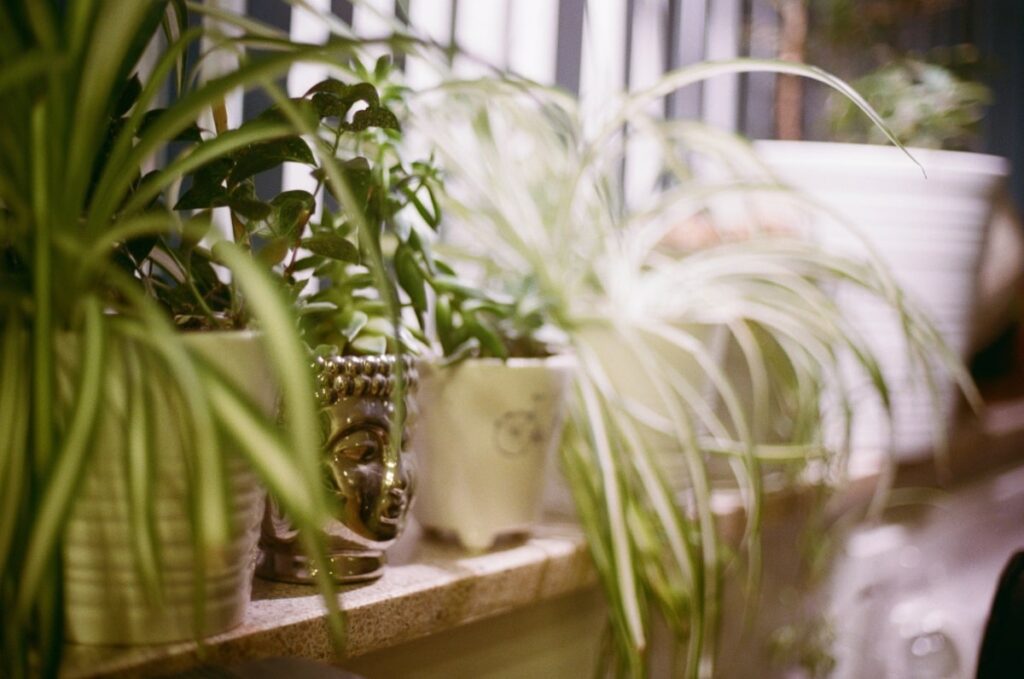
Medium light houseplants are a fascinating group of plants that require moderate levels of light to flourish. These plants are able to tolerate lower light conditions, but they also need some direct or indirect sunlight to grow properly. Examples of medium light houseplants include pothos, spider plants, and peace lilies.
One of the most intriguing characteristics of medium light houseplants is their ability to grow in the understory of forests, where they receive filtered light through the canopy. This has allowed them to develop the ability to photosynthesize with less light than other plants.
Medium Indirect Lighting Care Recommendations
To care for medium light houseplants, it is important to place them in a location where they can receive bright, indirect light for several hours a day. However, it is crucial to avoid placing them in direct sunlight, as this can scorch their leaves. Additionally, it is important to rotate the plant periodically to ensure that all sides receive equal amounts of light.
When it comes to watering, medium light houseplants should be watered when the top inch of soil feels dry to the touch. Overwatering can lead to root rot, so it is important to allow the soil to dry out between waterings. Furthermore, it is essential to ensure that the plant is in a well-draining pot to prevent water from accumulating in the soil.
Fertilizing medium light houseplants is also important to ensure healthy growth. It is recommended to use a balanced fertilizer every two to four weeks during the growing season, and reduce fertilization during the winter months when the plant is dormant.
Overall, medium light houseplants are an excellent option for those who want to add some greenery to their home but do not have access to bright, direct sunlight. With proper care, these plants can thrive and add beauty to any indoor space.
Bright Indirect Light Houseplants: Characteristics and Care Tips
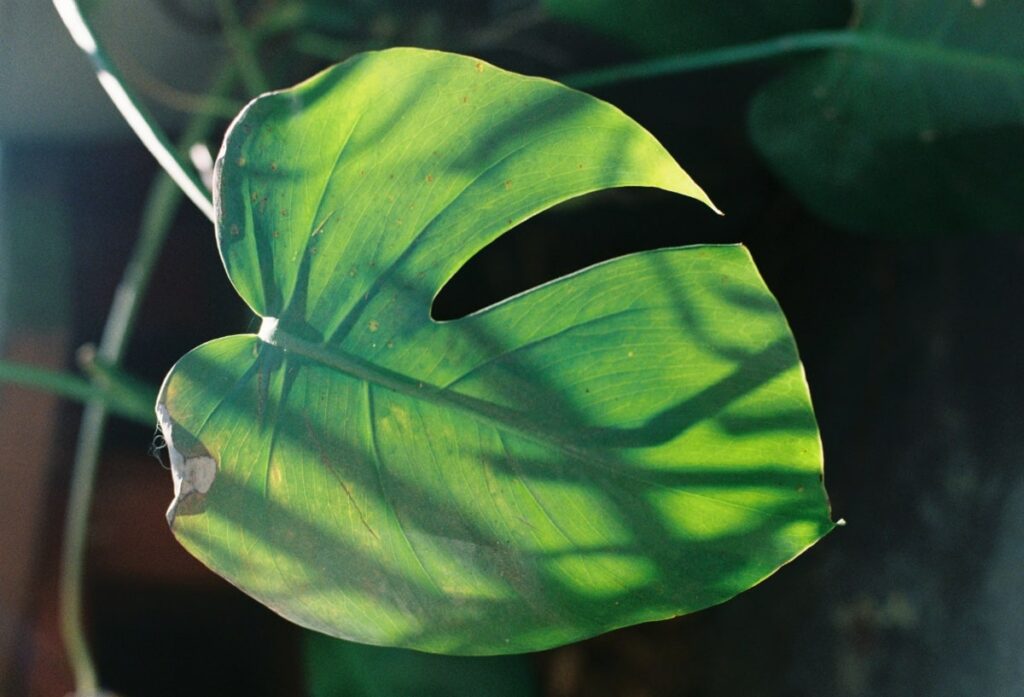
Bright, indirect light houseplants are a fascinating group of plants that require a whopping six hours of direct sunlight each day – but can easily take more if you can provide it with a western or southern window, or LED grow lights. These plants are typically found in tropical regions and have adapted to thrive in bright, sunny conditions. Some common high light houseplants include succulents, cacti, and tropical plants like the various Monstera plants and the Rubber Tree.
🌿 Related: See how Monsteras thrive in bright indirect lighting >
Be sure not to confuse bright indirect light with direct sunlight. Like people, many indoor plants can’t take hours of outdoor exposure to the sun’s light. This may result in burning the leaves and stems of your plant, even for just a few hours. Certain cacti or succulents may tolerate direct outdoor light, but it’s strongly recommended you transition indoor plants to the outdoors slowly to avoid shocking your plant.
What makes high light houseplants so unique? Well, for starters, they have thick, waxy leaves that help them retain moisture in hot, dry environments. Additionally, they may have spines or thorns to protect them from predators. These plants are also slow-growing and long-lived, taking several years to reach their full size but living for decades with proper care.
So, how do you care for these fascinating plants? Here are some tips to keep in mind:
Provide bright, indirect sunlight
High light houseplants need a lot of sunlight, so make sure they get at least six hours of direct sunlight each day. You can place them near a south-facing window or under a grow light to ensure they get enough light.
How do you know if you’re providing enough light? Take a look at your window from your plant’s perspective. Is your plant able to get a full vantage point of the sky, or do obstacles like furniture, window coverings, or even outdoor buildings or tress block potential sun? To truly be bright, indirect light, your plant should have a full view of the sky, and be within a few feet of the window to soak in the rays.
Water sparingly
These plants are adapted to dry, sunny conditions, so they don’t need as much water as other plants. Water them only when the soil is completely dry, and make sure to use a well-draining potting mix. Of course, take a look at your plant’s care instructions, or search our site for specific watering needs.
Fertilize regularly
High light houseplants benefit from regular fertilization to support their slow growth. Use a balanced fertilizer every two to four weeks during the growing season. This includes both spring and summer months. If you plan to augment your natural lighting with LED grow lights for year-round growth, you can also keep fertilizing your plant for a full 365 potential days of artificial summer.
Prune as needed
These plants may need occasional pruning to maintain their shape and size. Use clean, sharp pruning shears to remove any dead or damaged leaves or stems. Again, this will vary by plant, so be sure to search our care guides to find the specific pruning needs of your plant.
By following these care tips, you can help your high light houseplants thrive in your home. With their unique characteristics and stunning beauty, these plants are sure to bring a touch of the tropics to any space.
How to Determine the Right Light Conditions for Your Houseplants
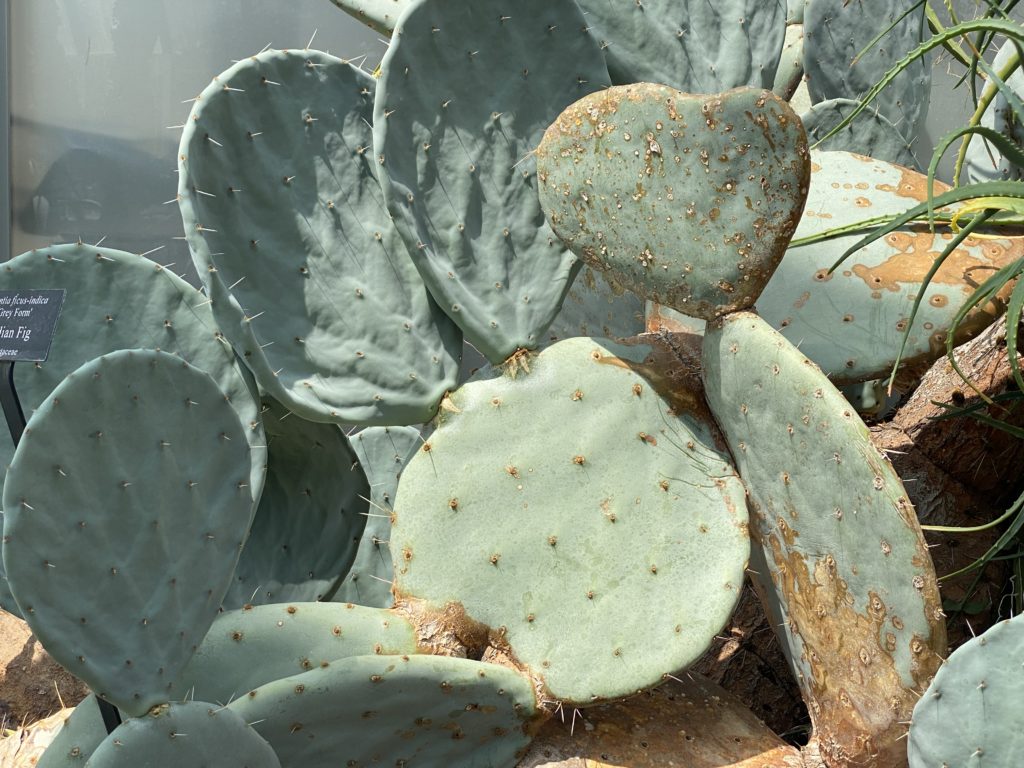
Determining the optimal light conditions for your houseplants is a crucial aspect of their growth and overall health. To help you achieve this, we have compiled a list of tips that will aid you in determining the right light conditions for your houseplants.
First, it is essential to observe the natural light in your home. Take note of the direction your windows face and the amount of natural light that enters your home. North-facing windows receive the least amount of light, while south-facing windows receive the most. East-facing windows receive morning light, while west-facing windows receive afternoon light. This information will help you determine the best location for your plants.
Second, it is important to check the intensity of light. The intensity of light can vary depending on the time of day and the season. Use a light meter or your own eyes to determine the intensity of light your houseplants are receiving. If the light is too intense, your plants may become scorched. If the light is too low, your plants may become leggy and weak.
Third, it is crucial to consider the type of plant. Different plants have different light requirements. Some plants, such as succulents and cacti, thrive in bright, direct sunlight, while others, such as ferns and snake plants, prefer indirect light. Research the light requirements of your specific plants to ensure they are getting the right amount of light.
Last, it is recommended to experiment with placement. If you’re unsure about the right light conditions for your houseplants, try moving them to different locations in your home. Observe how they respond to different levels of light and adjust accordingly. This will help you find the perfect spot for your plants to thrive.
Common Light-Related Problems and How to Fix Them
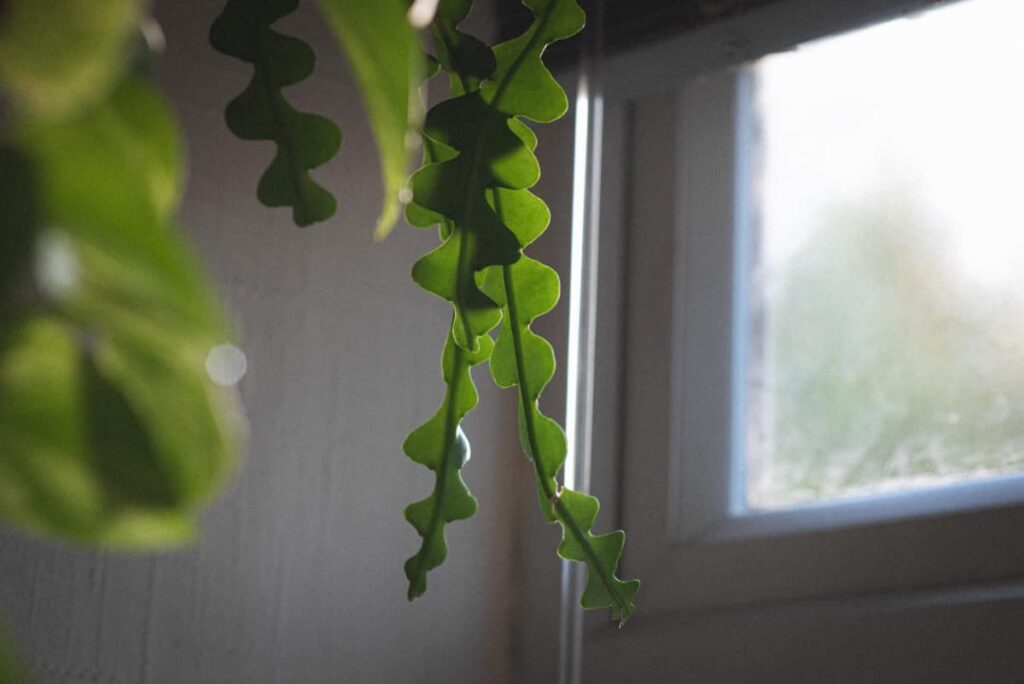
Inadequate light is a common issue that plagues houseplant owners, leading to stunted growth, yellowing leaves, and a general lack of vigor. But fear not, for there are several ways to address this problem.
The first step is to move your plant to a brighter location, which could mean placing it closer to a window or relocating it to a different room altogether. If natural light is not an option, artificial light sources such as grow lights can be used to supplement the plant’s needs.
On the other hand, too much light can also be a problem, causing leaves to become scorched or brown and even leading to the plant’s demise in extreme cases. To remedy this, you can move the plant to a shadier location or use sheer curtains to filter the light.
It’s also important to note that some plants are sensitive to changes in light conditions. If you notice that your plant is struggling after being moved to a new location, it may be due to a sudden change in light levels. To avoid this, gradually acclimate your plant to its new environment by slowly increasing or decreasing the amount of light it receives over a period of several days.
By paying close attention to your plant’s light needs and making necessary adjustments, you can help ensure that it thrives in its environment. So go forth and let your green thumb shine!
Tips for Providing Adequate Light for Your Houseplants
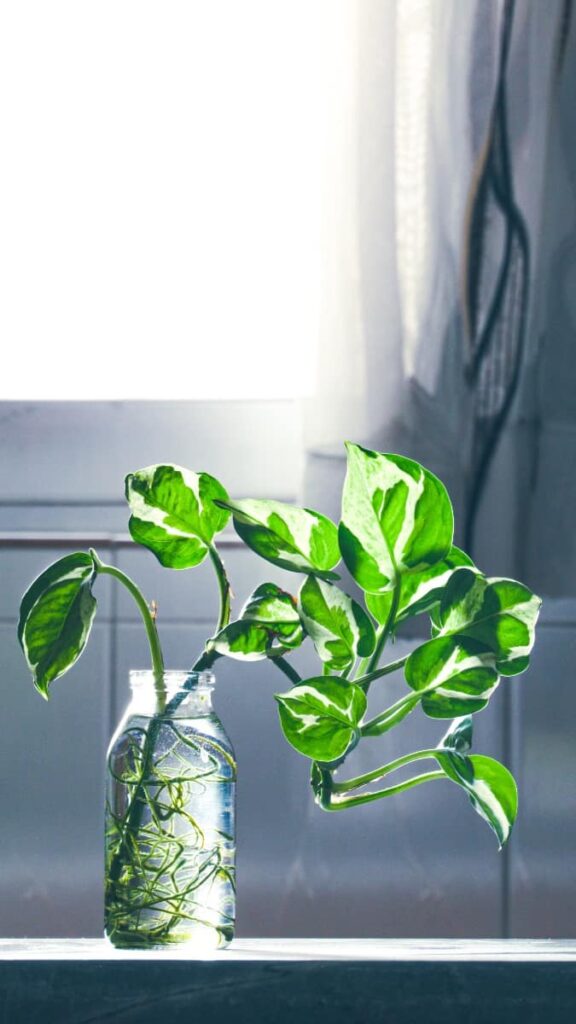
When it comes to providing adequate light for your houseplants, there are a few things to keep in mind. First and foremost, it’s important to know your plant’s light requirements. Different houseplants have different preferences when it comes to light, with some thriving in bright, direct sunlight and others preferring indirect or low light conditions. To ensure your plant thrives, it’s crucial to research its light requirements and choose a spot in your home that can provide the necessary light.
But it’s not just about the amount of light – the direction of your windows can also play a role in how much and how intense the light is. South-facing windows provide the most direct sunlight, while north-facing windows provide the least. East-facing windows receive morning sun, while west-facing windows receive afternoon sun. So, when choosing a spot for your houseplants, it’s important to consider the direction of your windows.
If your home doesn’t receive enough natural light, don’t worry – you can use artificial light to supplement your houseplants’ needs. LED grow lights are a popular option for indoor gardening and can provide the necessary light for your plants to thrive.
Even if your houseplants are receiving adequate light, they can still become lopsided or grow towards the light source. To prevent this, it’s important to rotate your plants every few weeks to ensure that all sides receive equal amounts of light.
Finally, it’s crucial to monitor your plants and observe how they respond to the light conditions. If your plant’s leaves are turning yellow or brown, it may be receiving too much or too little light. Adjust the light source accordingly to ensure that your plants are receiving the right amount of light. With these tips in mind, you can provide your houseplants with the light they need to thrive.
Conclusion: Maintaining Optimal Light Conditions for Healthy Houseplants
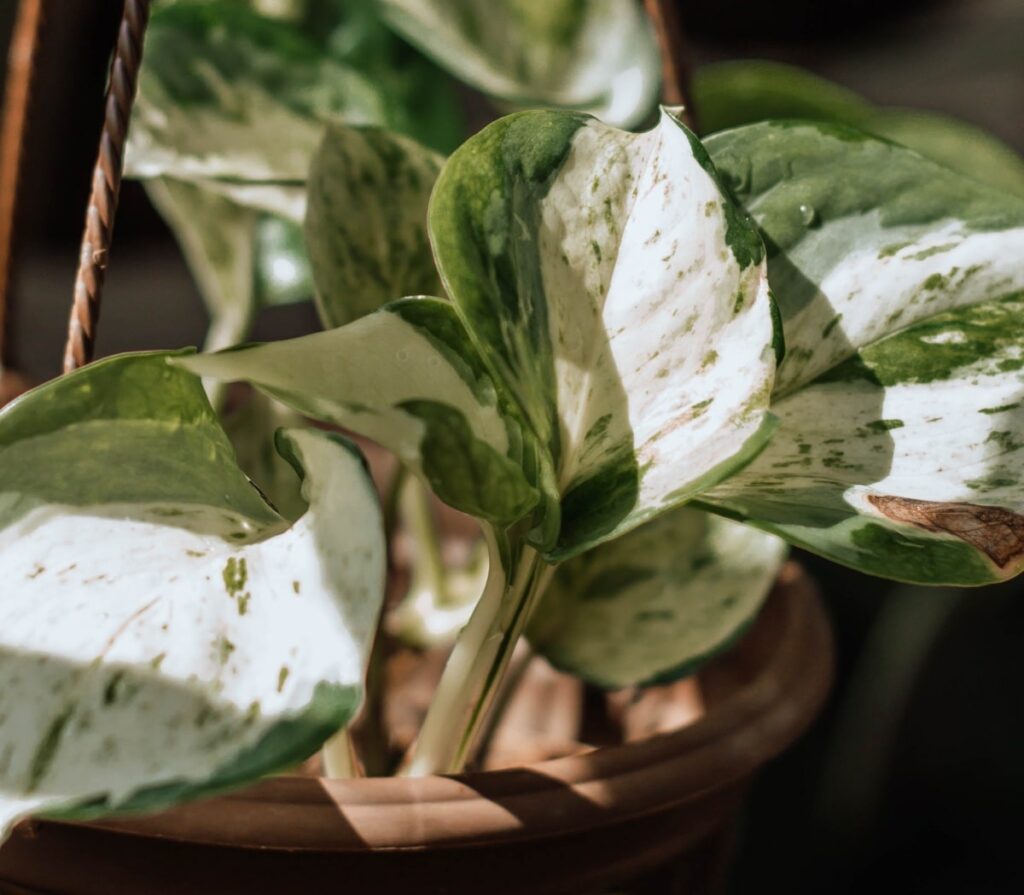
It is of utmost importance to maintain optimal light conditions for the health and growth of your houseplants. The light requirements of different plants vary, and it is crucial to comprehend these requirements to provide the right amount of light. If the light is insufficient, it can lead to stunted growth, yellowing leaves, and even death. On the other hand, too much light can cause scorching and leaf burn, which can be detrimental to your plants.
To ensure that your houseplants receive the right amount of light, you must place them in the right location. Observe the light conditions in your home and choose the appropriate spot for your plants. You can also use artificial lighting to supplement natural light if necessary. However, it is essential to note that artificial lighting may not be as effective as natural light.
Regularly monitoring your plants’ light conditions and adjusting them as needed can help keep your houseplants healthy and thriving. Remember that light is just one of the many factors that contribute to a plant’s overall health. Therefore, it is crucial to provide adequate water, nutrients, and care to keep your plants happy and healthy. Neglecting any of these factors can lead to the demise of your beloved houseplants.
Frequently Asked Questions
What is bright indirect light for houseplants?
Bright indirect light means your plant has access to a sunny window and can receive at least 6 hours of sunlight daily. Be sure obstacles like indoor furniture or outdoor trees don’t get in the way of the sun’s rays. Sometimes this term is confused with bright direct light, which is the full intensity of outdoor sunlight, which is too extreme for many houseplants.
What are the ideal light conditions for houseplants?
The ideal light conditions for houseplants vary depending on the type of plant. Generally, most houseplants prefer bright, indirect light. However, some plants, such as succulents and cacti, prefer direct sunlight, while others, such as ferns, prefer low light conditions.
What happens if a houseplant doesn’t get enough light?
If a houseplant doesn’t get enough light, it may become leggy, meaning it will grow tall and thin with few leaves. It may also stop growing altogether or become more susceptible to pests and diseases.
What happens if a houseplant gets too much light?
If a houseplant gets too much light, it may become scorched or burned. The leaves may turn yellow or brown and become crispy. In extreme cases, the plant may die.
Can houseplants survive in low light conditions?
Yes, some houseplants can survive in low light conditions. However, they may not grow as quickly or as vigorously as they would in brighter light. Some examples of houseplants that can survive in low light include snake plants, pothos, and ZZ plants.
How can I tell if my houseplant is getting enough light?
You can tell if your houseplant is getting enough light by observing its growth and the color of its leaves. If the plant is growing well and the leaves are a healthy green color, it is likely getting enough light. If the plant is not growing well or the leaves are turning yellow or brown, it may not be getting enough light.

